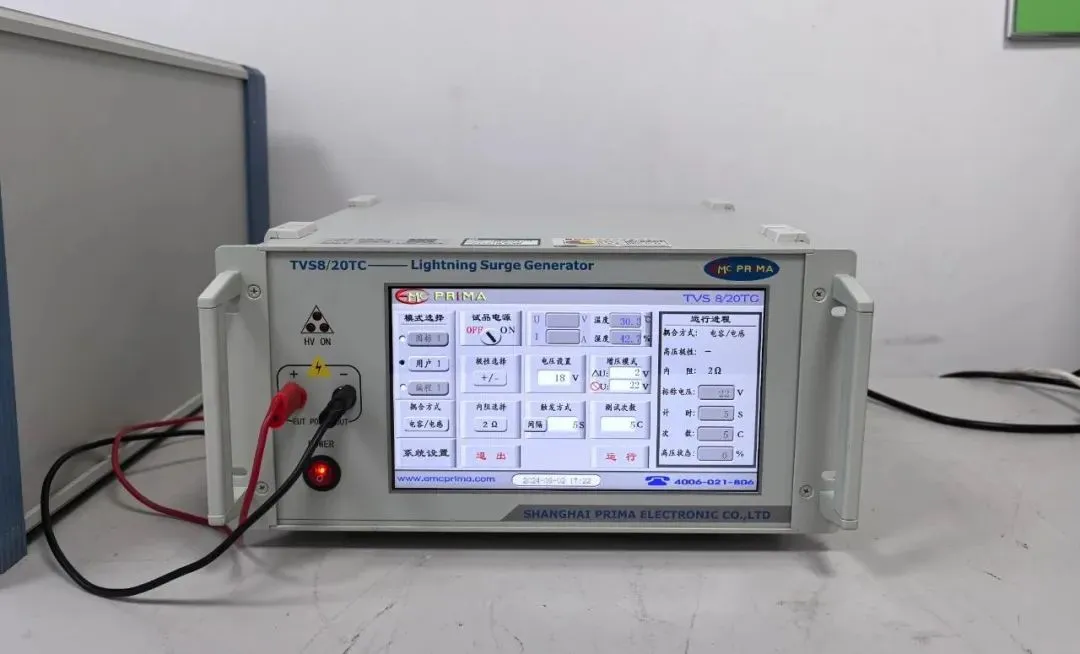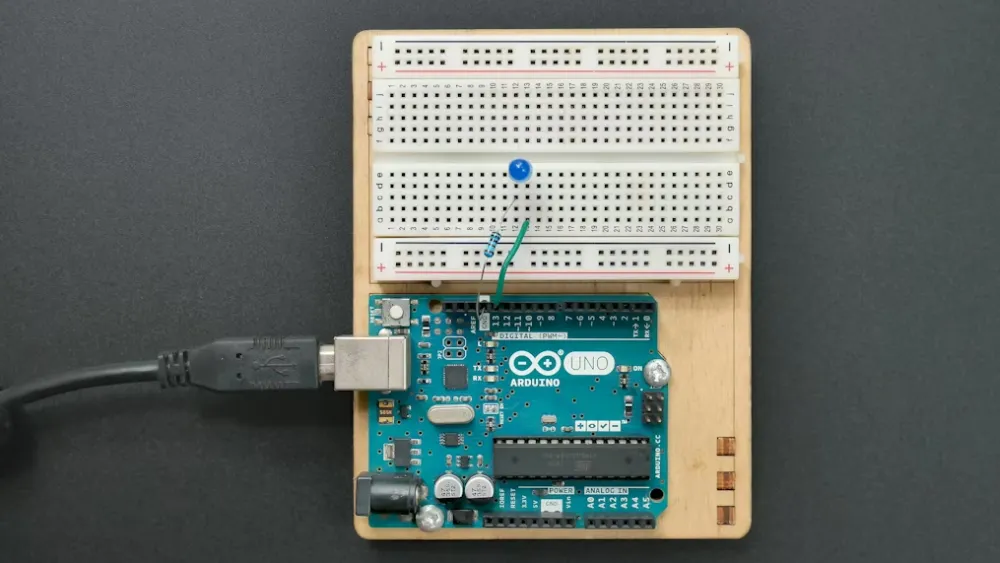
Does your product require SRRC certification?
SRRC (State Radio RegULatory Commission) certification is a crucial process by the Chinese government for managing radio equipment. Its primary purpose is to ensure that radio equipment meets national technical standards and electromagnetic compatibility requirements. Any radio transmitting equipment intended for export to or manufactuRED domestically in China must undergo srrc certification, indicating the model approval code for the radio transmitting equipment.

Since March 1, 2019, all radio transmitting equipment that requires model approval must be registered for sales.
Which products need SRRC certification?
SRRC certification products are divided into two main categories:
1. Various equipment that emits radio waves, such as radio communication, navigation, positioning, direction finding, radar, remote control, telemetry, broadcasting, and television (excluding industrial, scientific, and medical equipment that can radiate electromagnetic waves, electrified transportation systems, high-voltage power lines, and other electrical devices).
2. Fixed communication equipment, public network mobile communication equipment, short-range (low-power) transmitting equipment, specialized mobile communication equipment, broadcasting transmitting equipment, aviation communication and navigation equipment, radar equipment, maritime communication and navigation equipment, and satellite communication equipment.
SRRC Certification Test Items and Standards
The main test items for SRRC certification include power, spectrum range, frequency tolerance, occupied bandwidth, spurious emissions, carrier frequency tolerance, etc.
The testing standards for SRRC certification vary based on the product's test items. The main standards include:
1. GSM: YD/T 1214-2006, YD/T 1215-2006, GB/T 22450.1-2008
2. WCDMA: YD/T 1595.1-2012
3. CDMA2000: YD/T 1558-2013, YD/T 1576.1-2013, GB 19484.1-2013
4. TD-LTE: 3GPP TS 36.521-1
5. LTE FDD: 3GPP TS 36.521-1
6. 5G: MIIT [2020] No. 87, 3GPP TS 38.521-1, 3GPP TS 38.521-3, 3GPP TS 38.101-1, 3GPP TS 38.101-3
7. WIFI/BT: MIIT [2021] No. 129, etc.
SRRC Certification Process Standards
1. Application and Acceptance: Manufacturers or importers need to submit an application to SRRC along with product technical data and test reports. SRRC will review the application to confirm that the documents are complete and meet the requirements before formally accepting the application.
2. Technical Evaluation: SRRC will evaluate the submitted product technical data, including performance and electromagnetic compatibility. If necessary, SRRC may request samples for testing.
3. Factory Inspection: In some cases, SRRC may conduct on-site inspections of the manufacturer's production line to ensure the production process meets certification requirements.
4. Decision and Certificate Issuance: After the technical evaluation and factory inspection, SRRC will make a certification decision. If the product meets the requirements, SRRC will issue a certification certificate, allowing the product to be sold and used in the market.
It is important to note that the SRRC certification process and standards may vary based on the product type, usage, and technical characteristics. Therefore, manufacturers should thoroughly understand the relevant requirements and standards before applying for SRRC certification to ensure the product can pass certification and enter the market smoothly.
Documents Required for SRRC Certification
1. General Documents
1. Application form
2. Power of attorney
3. Letter of commitment
2. Company Documents
1. Business license (must be up to date)
2. ISO certificate or company profile and capability statement
3. Technical Documents
1. Samples, quantity depends on the product, some samples need RF line and RF port or SMA port
2. Product specifications, circuit diagrams, manuals, block diagrams, and operating instructions
3. Antenna gain, color photos of the EUT (product six-view photos), nameplate (must include all interfaces and sides)
4. Frequency channel comparison table (if multiple working channels are provided)
5. Frequency-setting software, test attenuation description, Bluetooth/Wifi test procedures
6. Channel list, WAPI key component list, WAPI support channel description
Note: The six-view photos of the product include:
1. Overall view
2. Front view
3. Side view (including emission port, interfaces, etc.)
4. Rear view (including emission port, interfaces, etc.)
5. Internal circuit board of the inspected equipment
6. Nameplate of the inspected equipment (label)
How long is the srrc certificate valid?
The SRRC certificate is generally valid for 5 years and cannot be used after expiration. If you wish to continue producing and selling this model of the product, you need to submit a certificate renewal application to the Radio Administration Bureau of the Ministry of Industry and Information Technology one month before the certificate expires. The renewal period is usually 3 years, and each model can only apply for one renewal. The Radio Administration Bureau will decide whether to grant the extension before the original certificate expires. If the manufacturer does not submit a renewal application 30 days before the original certificate expires, it will be considered a voluntary abandonment.
Email:hello@jjrlab.com
Write your message here and send it to us
 EU Walkie-Talkie Testing Standards (30MHz–1000MHz)
EU Walkie-Talkie Testing Standards (30MHz–1000MHz)
 EU Compliance Certification Requirements for Tread
EU Compliance Certification Requirements for Tread
 EU Amazon & TEMU Compliance for Wireless Produ
EU Amazon & TEMU Compliance for Wireless Produ
 Bluetooth BQB Compliance Protocol Testing
Bluetooth BQB Compliance Protocol Testing
 Audio-Visual Equipment CE EN 62368 Testing Process
Audio-Visual Equipment CE EN 62368 Testing Process
 Amazon Portable Power Station Direct Validation Gu
Amazon Portable Power Station Direct Validation Gu
 What is the Japan PSE JIS C 62368-1:2020 Test
What is the Japan PSE JIS C 62368-1:2020 Test
 JIS C 62368-1 Electrical Safety Testing Standard
JIS C 62368-1 Electrical Safety Testing Standard
Leave us a message
24-hour online customer service at any time to respond, so that you worry!




